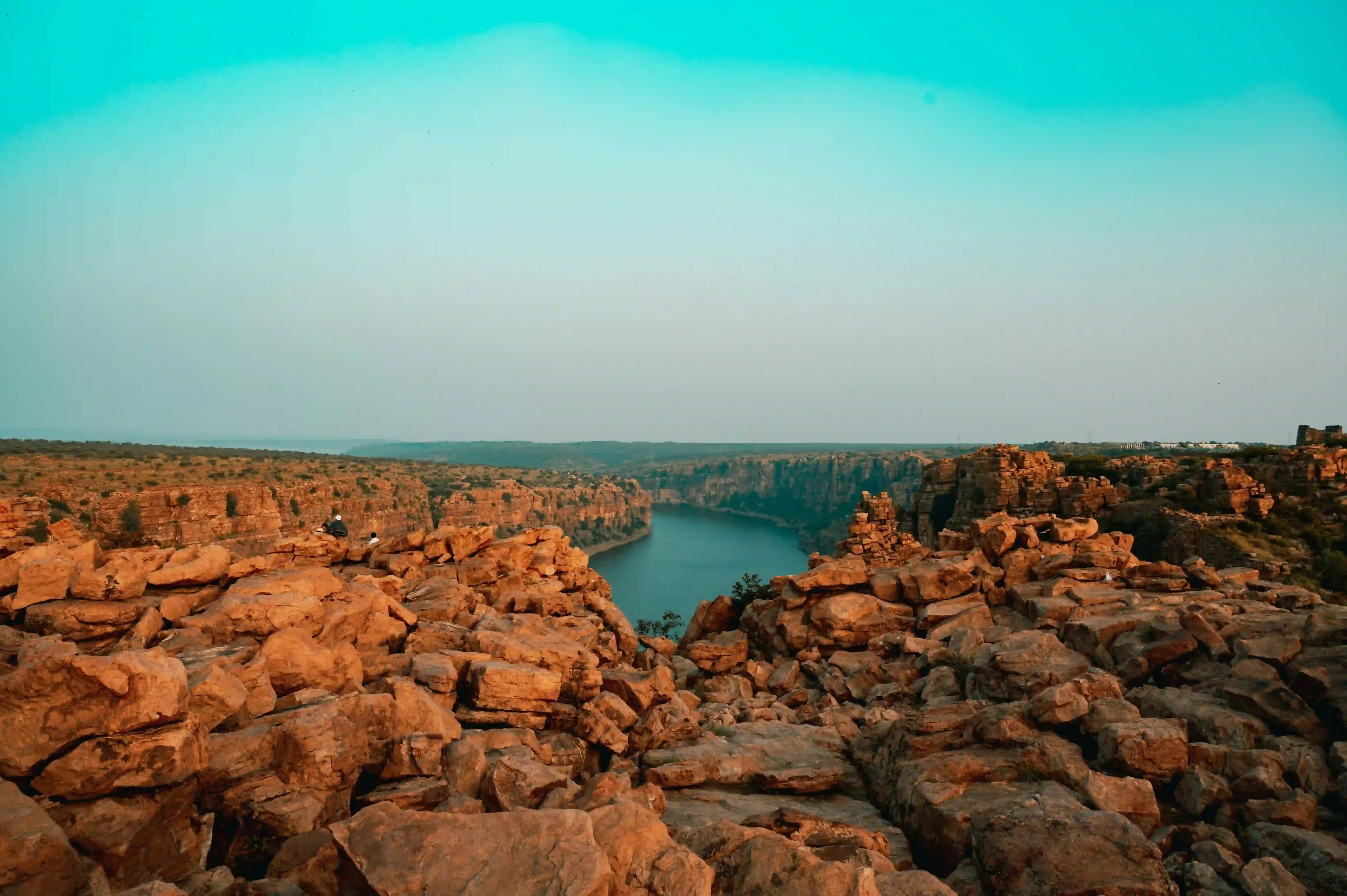The Vaishno Devi Temple stands as a profound testament to divine feminine energy, embodying centuries of spiritual devotion and mythological significance. Nestled within the rugged Trikuta Hills of Jammu and Kashmir, this sacred shrine represents more than a mere religious destination—it is a powerful manifestation of goddess Durga in her three primary forms: Mahakali, Mahalakshmi, and Mahasaraswati.
The temple's origins are deeply intertwined with ancient Hindu mythology, tracing back to legendary narratives that transcend mere historical documentation. According to cherished traditions, the goddess herself guided Pandit Sridhar, a devoted Hindu priest, to discover this mystical cave. While initially obscure, the shrine gradually gained prominence during the 16th century, with significant administrative developments occurring under the Dharmarth Trust in the 1800s.
Mythological connections run deep within this sacred landscape. The Mahabharata, one of Hinduism's most revered texts, is said to reference the worship of Vaishno Devi. Arjuna, a legendary Pandava warrior, reportedly sought the goddess's blessings before the momentous Kurukshetra War, experiencing her divine manifestation. The Trikuta Hills themselves bear mentions in the ancient Rigveda, underscoring the region's profound spiritual heritage.
The temple's narrative is also marked by a fascinating tale of divine intervention involving Bhairon Nath, a Tantric practitioner who became infatuated with the goddess. Legend recounts how Vaishno Devi fled into the mountainous terrain to escape his advances, ultimately beheading him in a dramatic confrontation. The Ardh Kunwari cave, located approximately 6 kilometers from Katra, is believed to be where she meditated for nine months during this pursuit, now serving as a significant pilgrimage waypoint.
Culturally, the shrine transcends religious boundaries, attracting both Hindu and Sikh devotees. Prominent spiritual figures like Swami Vivekananda have visited this site, highlighting its broader significance. The unique worship tradition of washing the goddess's feet with water from the Banganga river symbolizes the deep reverence and connection pilgrims experience here.
The temple's modern transformation is equally remarkable. In the 1970s, it was a relatively unknown shrine, but infrastructural expansions in 1976 triggered a dramatic surge in popularity. By the early 1990s, it had become the most prominent Devi temple in northern India, drawing millions of annual visitors. The establishment of the Shri Mata Vaishno Devi Shrine Board in 1986 marked a pivotal moment in systematizing its management and enhancing pilgrimage experiences.
Architecturally modest yet spiritually profound, the cave temple reflects the Shakti tradition's essence. Its simple design prioritizes spiritual authenticity over grandiose construction. The Shrine Board has continuously worked to improve infrastructure, security, and visitor management, enabling the site to accommodate over 9 million pilgrims annually while maintaining its sacred character.
Today, Vaishno Devi Temple represents a powerful convergence of ancient spirituality and modern management. Its enduring appeal lies not just in religious significance but in its ability to connect devotees with a timeless narrative of divine feminine power, resilience, and transformative spiritual energy.








